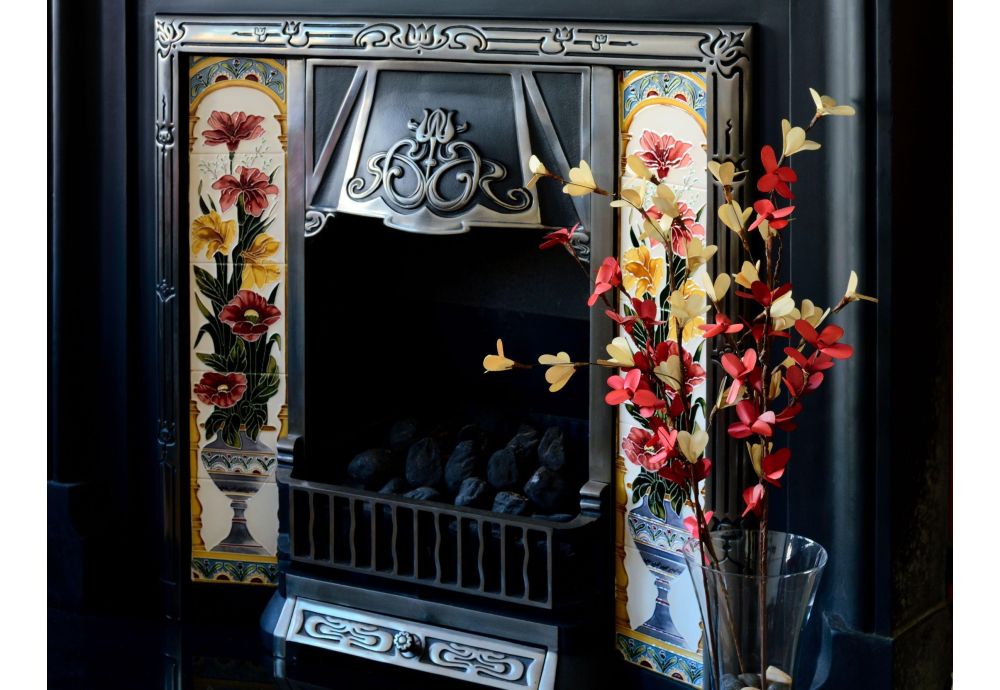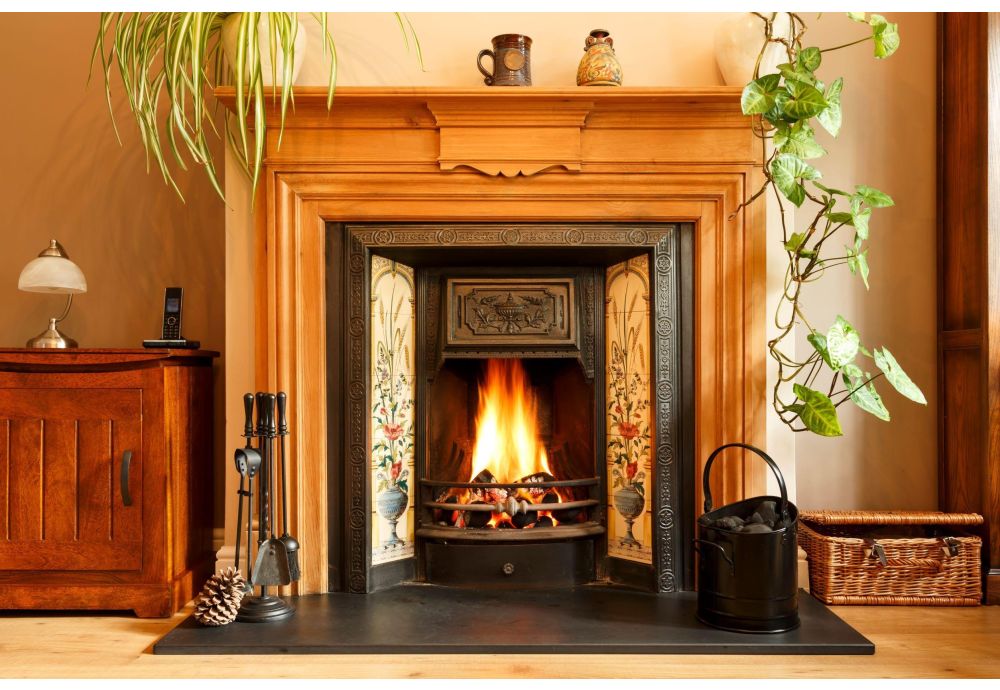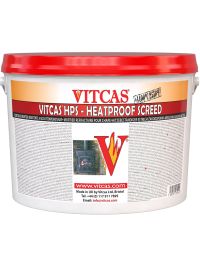Cast iron fireplaces keep you warm and add charm to your home like no other. The rustic and elegant design of Victorian cast iron fireplaces stands out from the rest. Their distinct style that has been adored for centuries is sure to lighten up any room and be the pride of your home for years to come. They will especially make a stunning centrepiece in your lounge room.
Cast iron fireplaces were in almost every home during the Victorian and Edwardian eras. These fireplaces have been updated for today's homes, so they can continue to add class and style to any modern house. There is a beautiful range of styles and sizes you may choose from, as well as a range of finishes.
Here is everything you need to know about Victorian cast iron fireplaces.
What Do Victorian Cast Iron Fireplaces Look Like?
Fire surroundings underwent significant changes during the Victorian Era (1837-1901). Following Queen Victoria's accession to the throne, interior design became more ornamental and opulent with fireplace tiles, colour- specifically jewel tones, floral motives, furniture carved from oak or pine and large plant pots. With the rise of the arts, paintings also became increasingly popular. Fire surrounds reflected this shift in fashion too.
The mid-era also included elaborate designs often borrowed from the Gothic style revival. These features consisted of terra cotta tiles, arched entrances and windows, and corbelled brickwork.
Towards the latter part of the era, fireplaces became more simplistic and were usually built around geometrical shapes like rectangles, arches and columns. During this time, design became more minimalistic due to the increase in houses built to meet the population growth and due to the increase in mass production.
The cast iron fireplace often included an arched insert and was made from marble, stone or timber. Arched inserts themselves reflected advancements in construction which resulted in a higher heat output being produced from a smaller fire and more smoke being emitted from the room.
Many houses today still have fireplaces with the look of Victorian fire surrounds because they fit most rooms' proportions and do not have to clash with modern decorations, provided it is styled tastefully.
Why Choose a Victorian Cast Iron Fireplace?
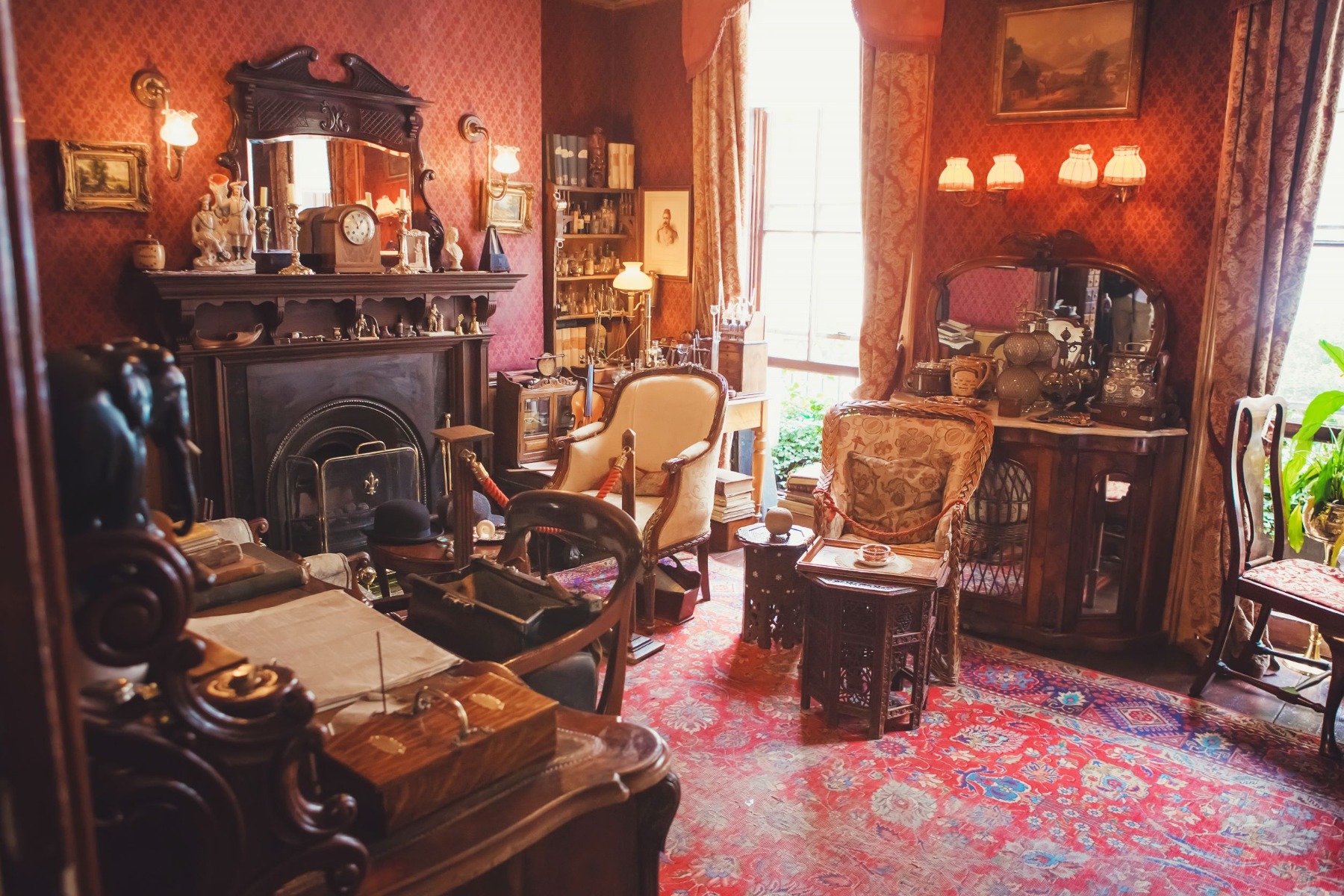
The fireplaces can be easily recognised by their composition, traditionally consisting of wood, stone or a marble surround with a decorative cast iron insert (the tile insert was introduced later in the period). With its opulent design and historical authenticity, the perfect fireplace will add personality to any room in your home. There is a range of designs to choose from that will fit your preferred aesthetic and create the ambience in your home that you so desire.
Maintaining A Restored Fireplace
If you have recently restored your Victorian fireplace, it is important to maintain it in order to ensure that it lasts a long time and remains looking polished and pristine as it is on front display in your home. Keep it in good shape by arranging a professional chimney sweep once a year.
Moreover, you can use grate polish and two cloths to clean it. One cloth is for applying polish and one for buffing it off. The insert is mainly made of cast iron, which will rust and decay when exposed to water for a long period of time. Therefore it is vital that you do not clean it using water! This process will ensure you have a polished finish.
Sometimes there is one firebrick at the back of the fireplace and if required, a replacement can be cast from Vitcas Heatproof Screed. If you need to re-fix the decorative tiles down the sides of the fireplace, then Vitcas Heat Resistant Tile Adhesive can be used.
You can expect that these fireplaces will offer you the greatest amount of longevity possible because it is an investment for the long term, for years and even decades.
Since they are made from cast iron, this makes them extremely durable, so they should be able to handle being the centrepiece of your home without any issues.
Proper maintenance will also ensure higher efficiency and hence you'll save on heating costs.
The antique Victorian fireplace will suit all rooms it is found in, whether in lounge rooms or bedrooms, and will remain a lasting addition for generations to come.
Firebacks
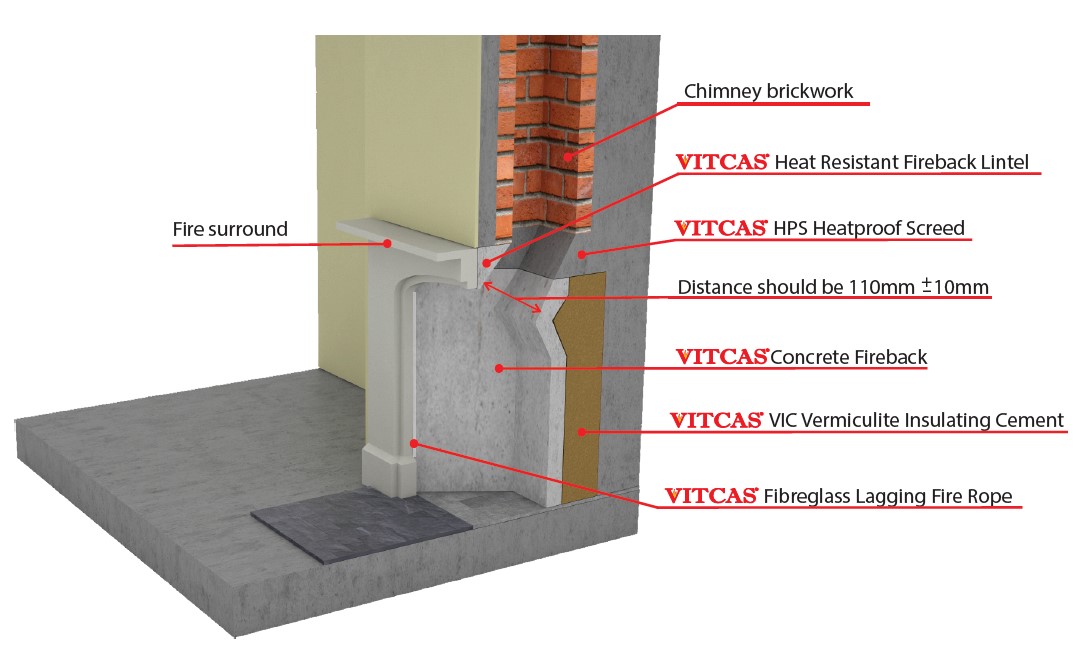
Frequently Asked Questions
Were fireplaces present in all Victorian homes?
During this period, it was usual for a room to be heated by a fireplace which burned a solid fuel. Early Victorian fireplaces were made of slate and marble, but with time, cast iron frames became popular with colourful tiles and a decorated mantel shelf.
What are the main traits of Victorian design?
Sash windows, symmetry and luxurious, Renaissance revival interiors were some of the typical features of this style. During the Victorian era, the prosperity of certain social classes dictated the design and styles of architecture and interior design.
Can you put wood burning stoves or gas fires in a Victorian fireplace?
Yes, but if you want to install such a stove, you may have to modify the cast iron surround. Due to the sweeping requirements and size, only a few types of these stoves can be used.
Whereas, when it comes to gas fires, you could install a gas fire insert but we are not able to give advice on this. On the other hand, it is very easy to put a bioethanol insert into a Victorian Fireplace without any concerns about ventilation etc.






